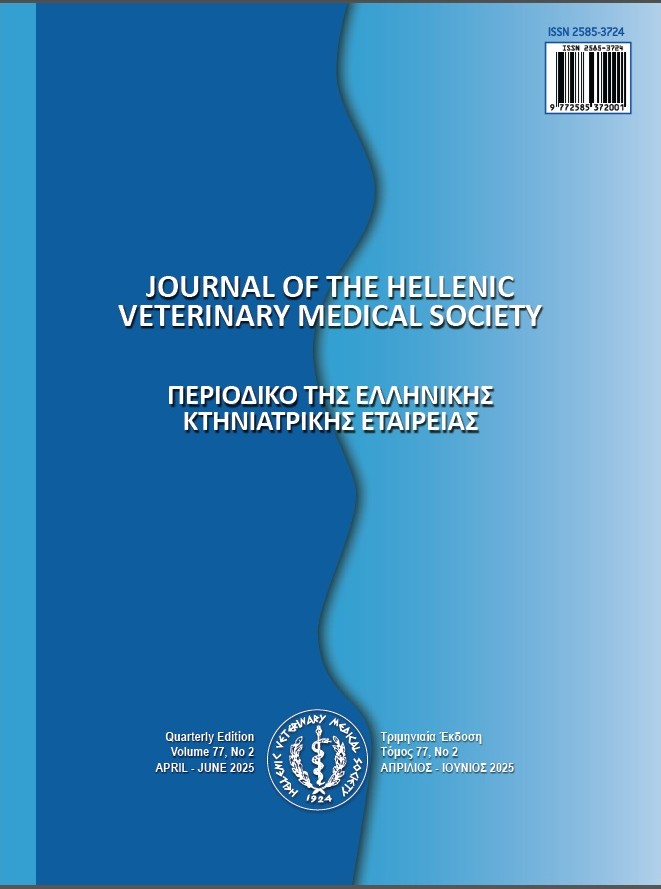Border disease virus and chlamydophila abortus co-infection in aborted sheep foetuses

Resumen
Abortion in sheep and goats is one of the most important reproductive problems that affect small ruminants breeding. Non-infectious factors and infectious agents such as bacterial, viral, mycotic and parasitic infectious agents can cause abortion in sheep and goats. A high rate of abortion (43.75%) was observed in two sheep flocks in Niğde Province in Turkey during the lambing season in 2016. To determine the reason of abortion, aborted sheep foetuses (n = 3) and EDTA whole blood samples (n = 3) from mother of the foetuses were collected from two sheep flocks. Aborted foetuses and buffy coat cells of the EDTA whole blood samples were used for total nucleic acid extraction. Extracted nucleic acids were analysed for akabane virus (AKAV), bluetongue virus (BTV), peste des petits ruminants virus (PPRV), pestiviruses, Schmallenberg virus (SBV), Brucella spp., Chlamydophila abortus (C. abortus), Coxiella burnetii and Listeria monocytogenes. Border disease virus (BDV) RNA and C. abortus DNA were detected in three aborted sheep foetuses whereas other investigated infectious agents were not detected. Additionally, EDTA whole blood samples from mother of the foetuses were also found BDV positive. To the best of my knowledge, this is the first report on BDV and C. abortus co-infection in aborted sheep foetuses.
Article Details
- Cómo citar
-
Şevik, M. (2023). Border disease virus and chlamydophila abortus co-infection in aborted sheep foetuses. Journal of the Hellenic Veterinary Medical Society, 74(3), 5961–5964. https://doi.org/10.12681/jhvms.30570 (Original work published 18 de octubre de 2023)
- Número
- Vol. 74 Núm. 3 (2023)
- Sección
- Research Articles

Esta obra está bajo una licencia internacional Creative Commons Atribución-NoComercial 4.0.
Authors who publish with this journal agree to the following terms:
· Authors retain copyright and grant the journal right of first publication with the work simultaneously licensed under a Creative Commons Attribution Non-Commercial License that allows others to share the work with an acknowledgement of the work's authorship and initial publication in this journal.
· Authors are able to enter into separate, additional contractual arrangements for the non-exclusive distribution of the journal's published version of the work (e.g. post it to an institutional repository or publish it in a book), with an acknowledgement of its initial publication in this journal.
· Authors are permitted and encouraged to post their work online (preferably in institutional repositories or on their website) prior to and during the submission process, as it can lead to productive exchanges, as well as earlier and greater citation of published work.




